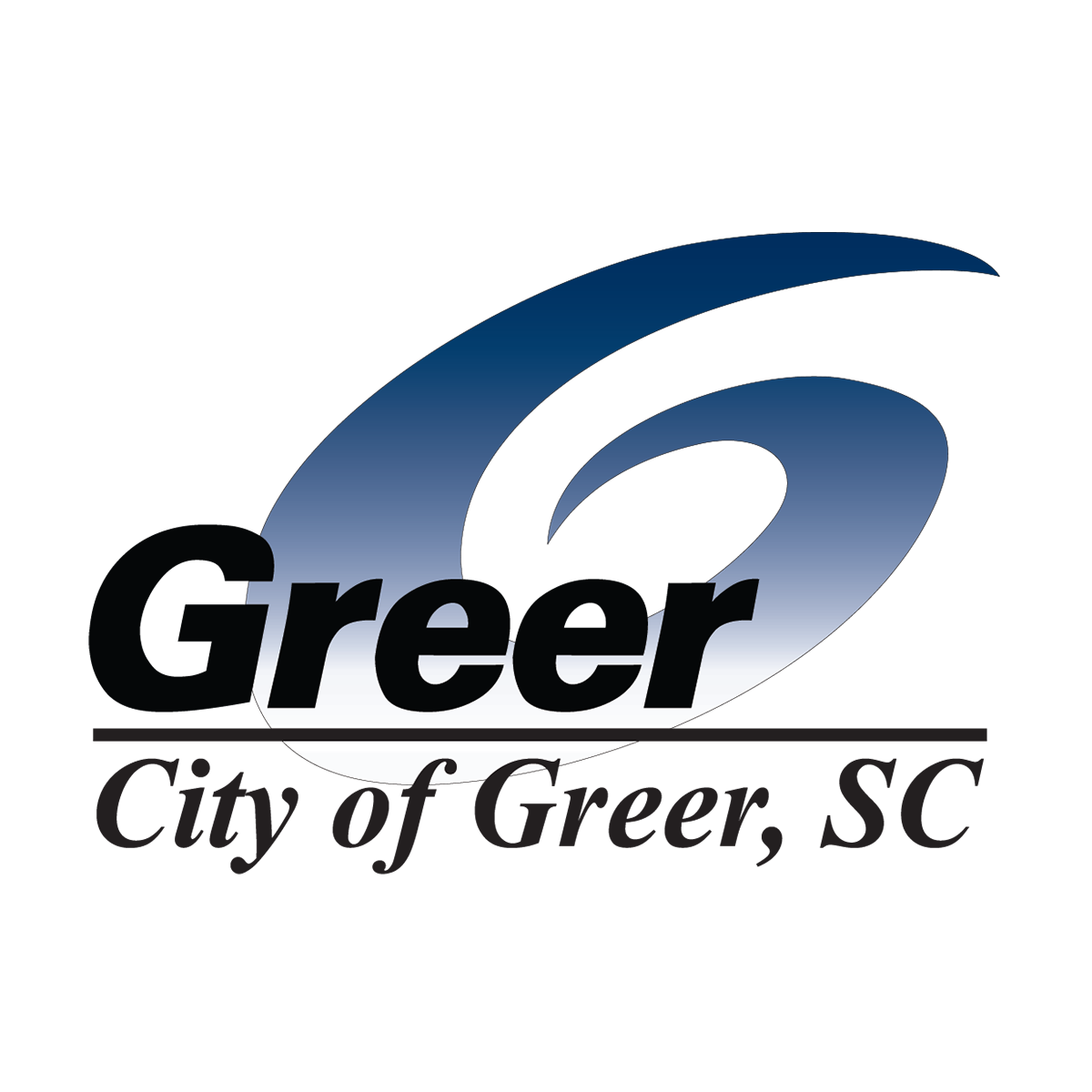Contact
Capital Projects
Capital projects focus on new developments designed to expand capabilities or introduce innovative solutions. These projects often include constructing new facilities, implementing advanced systems, or initiating large-scale infrastructure enhancements.
Projects
Capital improvement projects are large-scale, multi-year initiatives to enhance or create infrastructure, property, or equipment. These projects can include constructing or renovating public buildings, acquiring parkland, repaving streets, replacing water and wastewater lines, and installing streetlights or accessibility ramps. Capital improvements are changes that add value, extend the life of an asset, and contribute to the overall quality of life in the community.
Unlike regular maintenance, capital improvement projects are designed to make significant, lasting upgrades to public facilities and infrastructure. Examples include upgrading electrical systems, constructing new streets, overhauling landscaping, and building recreational facilities. The Capital Improvements Program (CIP) helps local governments plan and prioritize critical projects and ensure they meet long-term community needs while attracting new businesses and creating jobs.
The Process
1. Pre-Design
Scope of Work: Staff defines specific objectives and deliverables of the project to establish clear parameters and guide subsequent phases.
Requirement Gathering: Staff collects detailed input from stakeholders including operational needs, regulatory compliance, and budgetary considerations to ensure alignment with organizational priorities.
2. Design
Professional Services: The team engages qualified design professionals including architects and engineers to develop plans and specifications.
RFQ and RFP Process: The city issues Requests for Qualifications (RFQ) or Requests for Proposals (RFP) in order to select service providers based on expertise, approach, and value.
Submittal: The team reviews and approves design documents to ensure compliance with the defined scope of work and requirements.
3. Contractor Acquisition
Monitoring Subcontractor Entities: The city evaluates and verifies subcontractor qualifications to maintain project standards.
Adhering to Scope of Work: Contractors and subcontractors operate within the established scope, maintaining quality and compliance throughout the project lifecycle.
4. Closeout
Punch List: The team identifies and addresses outstanding items or deficiencies before project completion.
Inspection: Staff conducts final inspections to confirm contractors completed all work to specifications and standards ensuring readiness for operational use.
